Home>Garden Essentials>Garden Storage>Backyard Patio Transformation
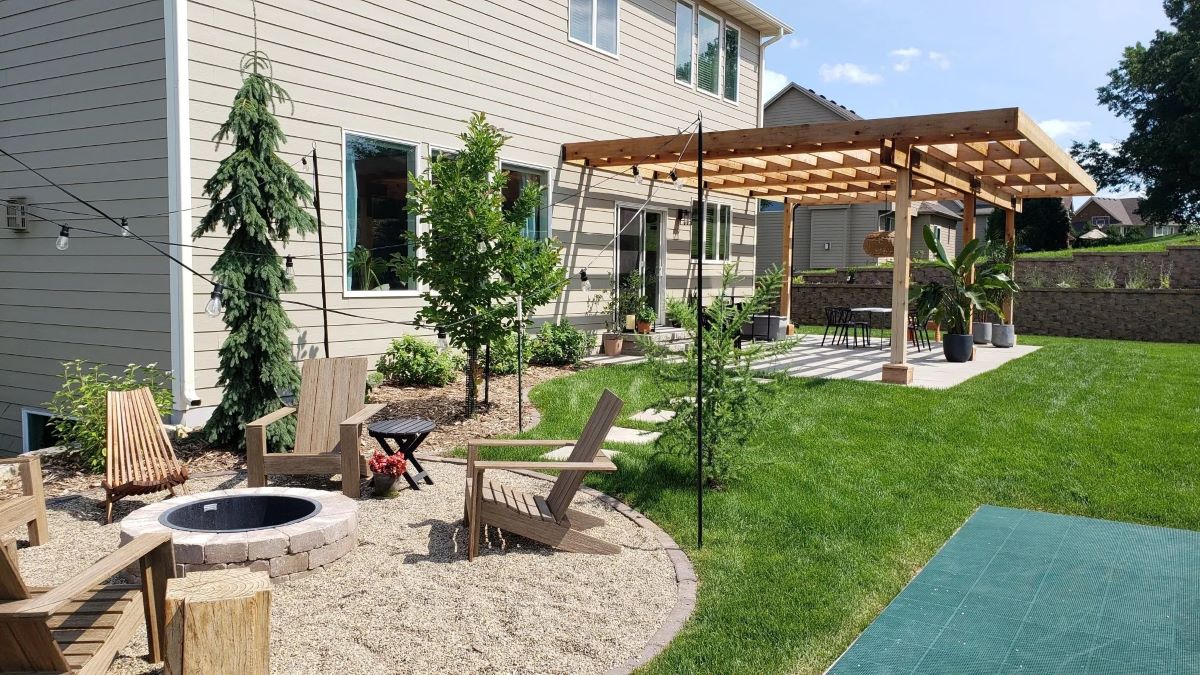

Garden Storage
Backyard Patio Transformation
Modified: January 21, 2024
Get Inspired by Our Backyard Patio Transformation. Discover Clever Storage Solutions to Maximize your Outdoor Space. Enhance Functionality and Style.
(Many of the links in this article redirect to a specific reviewed product. Your purchase of these products through affiliate links helps to generate commission for Storables.com, at no extra cost. Learn more)
Introduction
Welcome to the ultimate guide to transforming your backyard patio into a stunning oasis! If you’re looking to create a relaxing and functional outdoor space that you can enjoy year-round, you’ve come to the right place. With a few key design elements and some careful planning, you can turn your drab and underutilized patio into a stylish and inviting area that will become the envy of your friends and neighbors.
The process of transforming your backyard patio may seem overwhelming at first, but fear not! In this guide, we will walk you through each step, from selecting the design theme to maintaining and upkeeping your new outdoor space. Whether you have a small balcony or a spacious backyard, we have plenty of tips and ideas that can be adapted to suit your specific needs and preferences.
Before we dive into the exciting world of patio transformations, it’s important to consider the purpose and functionality of your space. Think about how you envision using your patio – do you want it to be a tranquil retreat for relaxation, a vibrant entertainment area for hosting gatherings, or a combination of both? This will help guide your design choices and ensure that the final result aligns with your lifestyle.
Furthermore, keep in mind the overall style of your home and surrounding landscape. Your patio should complement the existing architecture and blend seamlessly with the outdoor environment. By selecting a design theme that harmonizes with your surroundings, you can create an integrated and cohesive space that feels like a natural extension of your home.
So, whether you’re starting from scratch or looking to spruce up your current patio, get ready to embark on a journey of transformation. By the end of this guide, you’ll have all the knowledge and inspiration you need to turn your backyard patio into a breathtaking sanctuary that you’ll never want to leave. Let’s get started!
Key Takeaways:
- Transform your backyard patio into a stunning oasis by carefully selecting a design theme that resonates with your personal style and harmonizes with the surrounding landscape. Incorporate shade, privacy, and comfort elements to create a cohesive and visually appealing outdoor space.
- Enhance the ambiance of your patio with strategic lighting, water features, and fire elements to create a captivating outdoor atmosphere. Regular maintenance and upkeeping are essential to ensure the longevity and continued enjoyment of your transformed backyard patio.
Read more: How To Build A Backyard Patio
Selecting the Design Theme
Choosing the right design theme for your backyard patio is crucial in creating a cohesive and visually appealing outdoor space. The design theme sets the tone and style of your patio, influencing everything from the choice of materials to the types of furniture and decorations you’ll incorporate.
When selecting a design theme, consider your personal preferences, the architectural style of your home, and the overall aesthetic you want to achieve. Here are a few popular design themes to inspire you:
- Modern and Minimalistic: If you prefer clean lines, sleek surfaces, and a contemporary vibe, a modern and minimalistic design theme might be perfect for you. Opt for neutral color palettes, minimalist furniture pieces, and streamlined accessories to create a sleek and sophisticated patio.
- Rustic and Natural: For a cozy and inviting atmosphere, a rustic and natural design theme can bring a touch of countryside charm to your patio. Incorporate materials like wood, stone, and rattan, and choose earthy colors to evoke a sense of warmth and nature.
- Tropical Paradise: If you want to feel like you’re on vacation in a tropical paradise, consider a design theme inspired by lush greenery, vibrant flowers, and soothing water elements. Incorporate palm trees, tropical plants, and bold colors to create a vibrant and tropical oasis.
- Mediterranean Retreat: Capture the essence of the Mediterranean with a design theme that embraces warm colors, textured surfaces, and a relaxed ambiance. Think terracotta tiles, wrought iron accents, and Mediterranean-inspired patterns for a charming and inviting patio.
- Contemporary Zen: Create a serene and peaceful retreat with a contemporary zen design theme. Emphasize simplicity, balance, and natural elements, such as bamboo, gravel, and water features. Incorporate comfortable seating and meditation spots for ultimate relaxation.
Remember, these design themes are just starting points. Feel free to mix and match elements to create a unique style that reflects your personality and preferences. Don’t be afraid to get creative and incorporate your own personal touches to make the patio truly yours.
Once you have selected the design theme, it will guide your decisions when it comes to choosing materials, furniture, decorations, and more. In the next section, we’ll explore how to plan and prepare the area to bring your design theme to life.
Planning and Preparing the Area
After selecting the design theme for your backyard patio, the next step is to meticulously plan and prepare the area. This crucial phase ensures that you make the most of your outdoor space and set a solid foundation for the transformation process.
Here are some key steps to follow when planning and preparing your patio area:
- Measure the Space: Start by measuring the dimensions of your patio area. This includes the length, width, and any unique features or obstacles that need to be taken into account. Accurate measurements will help you determine the size and layout of the furniture and other elements you’ll be incorporating.
- Create a Rough Sketch: Use graph paper or a digital design tool to create a rough sketch of your patio layout. This will help you visualize how different elements will fit within the space and allow you to experiment with different arrangements.
- Consider Traffic Flow: Think about how you and your guests will move through the patio area. Ensure that there is enough space to comfortably walk and that the layout encourages smooth traffic flow. This is particularly important if you plan on hosting gatherings or have children who will be using the patio.
- Assess Sunlight and Shade: Observe the patterns of sunlight and shade throughout the day in your backyard. This will help you determine where to place seating areas, where to create shade structures, and if you need to consider additional features like umbrellas or pergolas to provide relief from the sun.
- Address Privacy Concerns: Consider your privacy needs when planning your patio. If you have close neighbors or want to create a secluded area, think about how to incorporate privacy screens, fences, or strategic landscaping to ensure you’re able to enjoy your outdoor space without feeling exposed.
- Budget and Timeline: Establish a realistic budget and timeline for your patio transformation. This will help you stay organized and make informed decisions when it comes to purchasing materials, hiring professionals (if necessary), and setting project milestones.
By taking the time to carefully plan and prepare your patio area, you can avoid unnecessary headaches and ensure that every aspect of your design vision is considered. Once everything is in place, it’s time to start selecting the right materials to bring your design theme to life. In the next section, we’ll explore the world of materials and discuss their importance in achieving your desired patio aesthetic.
Choosing the Right Materials
When it comes to transforming your backyard patio, the choice of materials plays a crucial role in achieving your desired aesthetic and creating a durable and long-lasting outdoor space. The right materials will not only enhance the overall look of your patio but also ensure that it can withstand the elements and regular use. Here are some key considerations when selecting materials:
- Paving Materials: The surface of your patio is a fundamental component of its design. Common materials for patio surfaces include natural stone, concrete pavers, and bricks. Natural stone, like limestone or slate, provides a timeless and elegant look, while concrete pavers offer versatility and durability. Bricks add a charming and rustic appeal to your patio. Consider the style of your patio and your budget when choosing the right paving material.
- Furniture Materials: The material of your outdoor furniture will impact both the style and durability of your patio. Some popular options include wicker, metal, teak, and aluminum. Wicker furniture creates a cozy and relaxed atmosphere, while metal provides a sleek and modern look. Teak is highly durable and weather-resistant, making it a great choice for outdoor furniture. Aluminum is lightweight and easy to maintain. Consider the climate in your area and the level of care you are willing to provide when selecting furniture materials.
- Decorative Elements: Pay attention to the materials used in decorative elements like planters, lighting fixtures, and accessories. Ceramic or terracotta planters add a rustic touch, while metal or plastic options provide a more contemporary look. For lighting fixtures, consider weather-resistant materials like stainless steel or aluminum. Choose materials that complement your design theme and will withstand outdoor conditions.
- Structural Elements: If you’re incorporating additional features like pergolas, privacy screens, or fire pits, carefully choose the materials that will be used. Wood is a popular choice for pergolas and privacy screens, as it adds a natural and warm element to your patio. Fire pits can be made with metal, stone, or concrete, depending on your desired aesthetic and functionality. Make sure the materials are suitable for their intended use and will withstand the elements.
- Maintenance and Durability: Consider the level of maintenance and durability required for the materials you choose. Some materials may require regular sealing, cleaning, or protection from the elements. Ensure that you are willing to put in the necessary effort to maintain your patio materials to ensure they stand the test of time.
When choosing materials, always keep in mind your design theme and how they will harmonize with other elements in your patio. Consider factors such as climate, budget, and maintenance requirements to make an informed decision. By selecting the right materials, you’ll create a visually stunning and functional patio that will withstand the test of time.
Next, we’ll explore how to create a functional layout for your patio, ensuring that it is tailored to your specific needs and enhances the overall usability of the space.
Creating a Functional Layout
The layout of your backyard patio is a crucial aspect of creating a functional and inviting outdoor space. A well-designed layout will maximize usability and enhance the overall flow of your patio. Here are some tips to consider when creating a functional layout:
- Zoning the Area: Divide your patio into different zones based on their intended use. Consider areas for dining, lounging, and any additional features you want to incorporate, such as a fire pit or a garden area. This will help create designated spaces that cater to different activities.
- Consider Traffic Flow: Plan your layout to ensure there is enough space for comfortable movement throughout the patio. Avoid placing furniture or obstacles that impede traffic flow and create clear pathways between different zones.
- Scale and Proportion: Take into account the size of your patio and the scale of the furniture and decorations you plan to incorporate. Oversized furniture in a small space can feel cramped, while tiny pieces in a large area can look out of proportion. Find the right balance to create a visually pleasing and comfortable layout.
- Functionality: Consider the practical aspects of your patio layout. Ensure there is enough seating for guests, provide ample surface space for food and drinks in dining areas, and create cozy nooks for relaxation. Tailor the layout to your specific needs and the activities you plan on enjoying in your outdoor space.
- Versatility: Design your patio layout with versatility in mind. Opt for furniture pieces that can serve multiple purposes, such as storage benches that can double as seating, or modular seating arrangements that can be rearranged to accommodate different group sizes and activities.
- Balance and Symmetry: Achieve visual harmony by incorporating balance and symmetry into your layout. This can be done through symmetrical placement of furniture, matching pairs of accessories, or creating a focal point at the center of your patio.
Remember, the layout should be tailored to your needs and preferences. Consider how you envision using the patio and design the layout accordingly. Experiment with different arrangements before settling on the final layout to ensure it meets your requirements.
In the next section, we’ll dive into the construction process and explore how to build a solid foundation for your patio.
Building the Patio Foundation
Building a solid foundation is a crucial step in the construction of your backyard patio. A sturdy and well-prepared foundation will ensure the longevity and stability of your outdoor space. Here are the key steps to follow when building the patio foundation:
- Mark and Excavate: Start by marking the perimeter of your patio using stakes and string. Remove any existing vegetation or debris within the marked area. Excavate the soil to a depth of about 6-8 inches to make way for the foundation.
- Level the Ground: Use a tamper or hand compactor to level the excavated area. Compact the soil thoroughly to create a firm and even surface. This step is essential for preventing the patio from sinking or settling over time.
- Add a Layer of Gravel: Spread a layer of gravel or crushed stone over the compacted soil. This layer should be about 4-6 inches thick. The gravel acts as a drainage layer, preventing water from pooling and causing damage to the patio surface.
- Compact the Gravel: Use a compactor or hand tamper to firmly compact the layer of gravel. This will ensure a stable and solid foundation for the patio. Pay extra attention to compacting the edges and corners of the patio area.
- Install Edging: Place edging materials along the perimeter of the patio to create a neat and defined border. Edging helps contain the paver or stone surface, preventing shifting and providing a clean finish. Choose materials that match the style of your patio.
- Level and Smooth: Use a long, straight board or a level in conjunction with the gravel surface to ensure the patio foundation is level and even. Smooth out any uneven areas and make adjustments as needed.
- Install Landscape Fabric: Lay landscape fabric over the compacted gravel surface. This fabric acts as a barrier, preventing weeds and vegetation from growing up through the patio surface. Secure the fabric in place with landscape fabric staples.
Building a solid foundation for your patio is an essential step in the construction process. Taking the time to properly prepare the ground and ensure a level surface will contribute to the overall stability and durability of your patio. With the foundation in place, it’s time to move on to the next step: installing the stone or paver surface.
In the following section, we’ll discuss the different options available for creating a beautiful and functional patio surface.
Installing the Stone or Paver Surface
Installing the stone or paver surface is where your backyard patio truly starts to take shape. This step brings the design and functionality of your outdoor space to life. Here’s a guide on how to install the stone or paver surface for your patio:
- Select the Material: Determine which type of stone or paver you want to use for your patio surface. Consider factors such as the aesthetic appeal, durability, and maintenance requirements. Popular options include natural stone, concrete pavers, bricks, and tiles.
- Prepare the Base: Before laying the stones or pavers, prepare the base by spreading a layer of sand over the landscape fabric. This layer provides a level surface for the stones and allows for adjustment if necessary.
- Lay the Stones or Pavers: Start laying the stones or pavers according to your desired pattern. Make sure each piece fits securely and snugly against its neighbors. Use spacers as needed to maintain even spacing between them.
- Cut or Trim as Required: In some cases, you may need to cut or trim certain stones or pavers to fit into specific areas of your patio. Use a wet saw or appropriate cutting tools to achieve clean and precise edges.
- Check for Levelness: Use a level to periodically check the surface for levelness as you progress. Adjust individual stones or pavers as needed to ensure a flat and even patio surface.
- Fill the Joints: Once all the stones or pavers are in place, sweep fine sand or polymeric sand into the joints. This helps stabilize the surface and prevents shifting. Follow the manufacturer’s instructions for proper filling and compacting techniques.
- Compact the Surface: Use a plate compactor to gently compact the entire patio surface. This helps settle the stones or pavers into the sand and ensures a secure and solid foundation.
- Apply Sealant (optional): Depending on the material you’ve chosen, you may consider applying a sealant to protect the stones or pavers from moisture, stains, and fading. Follow the manufacturer’s instructions for the specific sealant product.
Installing the stone or paver surface requires attention to detail and careful execution. Take your time and ensure each piece is placed correctly for a seamless and visually appealing patio surface. Once the surface is complete, it’s time to move on to the next step: adding outdoor furniture and decorations.
In the following section, we’ll explore the various options for furnishing and beautifying your patio to create an inviting outdoor living space.
Consider using durable and weather-resistant materials for your backyard patio, such as concrete, stone, or composite decking, to ensure longevity and low maintenance.
Adding Outdoor Furniture and Decorations
Now that your backyard patio has a beautiful stone or paver surface in place, it’s time to add the furniture and decorations that will transform it into a comfortable and inviting outdoor living space. Here are some key considerations when it comes to selecting outdoor furniture and decorations:
Furniture:
- Choose durable and weather-resistant materials, such as teak, aluminum, or resin wicker, that can withstand the outdoor elements.
- Consider the size and layout of your patio when selecting furniture. Opt for pieces that fit comfortably within the space without making it feel overcrowded.
- Create separate areas for lounging, dining, and relaxation. This allows for different activities and enhances the functionality of your patio.
- Incorporate comfortable cushions and pillows for added comfort and style. Look for outdoor fabrics that are resistant to mildew, fading, and water damage.
- Add versatility with multi-functional furniture, such as storage benches, ottomans with hidden compartments, or modular seating arrangements that can be rearranged as needed.
Decorations:
- Add color and vibrancy with outdoor rugs, throw pillows, and cushions that complement your design theme.
- Bring life to your patio with potted plants, hanging baskets, or a vertical garden. Choose plants that thrive in your climate and provide visual interest.
- Incorporate outdoor lighting, such as string lights, lanterns, or solar-powered path lights, to create ambiance and extend the usability of your patio into the evening.
- Enhance the atmosphere with decorative elements, such as wind chimes, outdoor artwork, or wall hangings that reflect your personal style and add a unique touch.
- Add functionality with items like outdoor curtains, shade sails, or umbrellas to provide relief from the sun’s rays and privacy.
When selecting furniture and decorations, consider the overall style and theme of your patio to ensure a cohesive and harmonious look. Take measurements and plan the arrangement of each element to optimize space and create a balanced layout. Remember, comfort and functionality should always be a priority to ensure an enjoyable outdoor living experience.
With the furniture and decorations in place, your backyard patio is becoming a true outdoor oasis. In the next section, we’ll explore how to incorporate a grill or outdoor kitchen to complete your patio’s functionality.
Incorporating a Grill or Outdoor Kitchen
No backyard patio is complete without the addition of a grill or an outdoor kitchen. These features not only elevate the functionality of your outdoor space but also create opportunities for delightful gatherings and culinary adventures. Here are some considerations when incorporating a grill or outdoor kitchen:
Grill or Outdoor Kitchen:
- Select the type of cooking equipment that suits your needs and preferences. Whether it’s a traditional charcoal grill, a gas-powered grill, or a comprehensive outdoor kitchen with built-in appliances, choose an option that aligns with your cooking style.
- Decide on the placement of the grill or outdoor kitchen. Consider factors such as the proximity to seating areas, ventilation requirements, and any local regulations or safety guidelines.
- Ensure adequate space for food preparation, storage, and cleanup. Incorporate countertops, cabinets, and sinks to create a convenient workspace. Opt for materials that are weather-resistant and easy to maintain.
- Integrate seating options, such as an extended countertop with bar stools or a nearby dining area, to encourage socializing and dining while cooking.
- Consider additional appliances or amenities that enhance the functionality of your outdoor kitchen, such as a mini-fridge, a pizza oven, or a beverage station.
Design and Aesthetics:
- Ensure that the design of your grill or outdoor kitchen harmonizes with the overall style of your patio. Choose materials, colors, and finishes that complement the existing elements and create a cohesive look.
- Consider incorporating built-in storage solutions to keep cooking utensils, grilling tools, and other supplies organized and easily accessible.
- Integrate lighting fixtures that illuminate the cooking area and create a cozy atmosphere for evening gatherings.
- Add personal touches with decorative elements, such as a backsplash, mosaic tiles, or custom signage, that reflect your style and make your outdoor kitchen truly unique.
- Ensure proper ventilation and safety measures are in place, especially if your outdoor kitchen includes gas-powered appliances.
Incorporating a grill or outdoor kitchen brings the joy of outdoor cooking and entertaining to your backyard patio. It provides a focal point for gathering and allows you to showcase your culinary skills while enjoying the fresh air and ambiance of your outdoor space.
With the addition of a grill or outdoor kitchen, your patio is evolving into a complete outdoor living area. In the following sections, we’ll explore how to create shade and privacy, enhance the patio ambiance with lighting, and add water features or fire elements to elevate the overall experience.
Read more: Who Makes Backyard Creations Patio Furniture
Creating Shade and Privacy
Creating shade and privacy in your backyard patio is essential to enhance your comfort and enjoyment of the outdoor space. By incorporating elements that provide relief from the sun’s rays and offer a sense of seclusion, you can transform your patio into a private sanctuary. Here are some ideas to create shade and privacy:
Shade Options:
- Install a pergola or a retractable awning to provide partial or full shade over a portion of your patio. This not only offers protection from the sun but also adds a visually appealing architectural element.
- Consider incorporating a patio umbrella or a cantilever umbrella to provide shade over specific seating or dining areas. These umbrellas are adjustable and can be easily moved as needed.
- Plant trees strategically around your patio to provide natural shade. Choose varieties that offer broad canopies and grow well in your climate. Not only do trees provide shade, but they also add beauty and a connection to nature.
- Hang shade sails or fabric canopies above your patio for a contemporary and versatile shading solution. These can be easily adjusted to block the sun at different angles throughout the day.
Privacy Enhancements:
- Install privacy screens or lattices along the edges of your patio to create a sense of seclusion. These can be made from materials like wood, bamboo, or metal and offer both privacy and aesthetic appeal.
- Consider using tall plants, such as bamboo or tall grasses, to create natural privacy barriers around your patio. These plants not only provide privacy but also add a lush and serene ambiance.
- Hang outdoor curtains or blinds to shield your patio from prying eyes and harsh sunlight. Choose materials that are resistant to mildew and fading and opt for colors that complement your patio design.
- Use decorative paneling or trellises to add a touch of elegance and privacy to your patio. These can be adorned with climbing plants or draped with outdoor fabric for added privacy and visual interest.
Creating shade and privacy in your patio allows you to create a tranquil and intimate space for relaxing, entertaining, and enjoying the outdoors. Whether you prefer to seek solace from the sun or enjoy privacy from neighbors, these elements can greatly enhance your overall patio experience.
In the next section, we’ll explore how to enhance the ambiance of your patio by incorporating lighting and create a captivating outdoor atmosphere.
Enhancing with Lighting and Ambiance
Lighting plays a vital role in transforming your backyard patio into a captivating outdoor space that can be enjoyed day and night. By strategically incorporating various lighting elements, you can create a warm and inviting ambiance that enhances the overall atmosphere. Here are some ideas to enhance your patio with lighting:
Ambient Lighting:
- Install string lights overhead to create a magical and enchanting atmosphere. Hang them between trees, along the perimeter of your patio, or across a pergola for a soft and romantic glow.
- Incorporate lanterns or torches to add a cozy and rustic feel. These portable lighting options can be placed on tables, along pathways, or on the edges of the patio to provide a warm and inviting ambiance.
- Consider installing recessed lighting or embedded LED strips around the perimeter or under the eaves of your patio for a subtle and sophisticated glow that highlights the architectural features of the space.
- Utilize solar-powered lights that charge during the day and automatically illuminate your patio in the evening. These lights are eco-friendly and require minimal maintenance.
Task and Accent Lighting:
- Incorporate focused lighting, such as spotlights or downlights, to highlight specific areas of interest on your patio. Illuminate architectural features, plants, artwork, or other points of focus to create a dramatic effect.
- Place table lamps or floor lamps to provide task lighting for reading or specific activities. These portable lighting options offer flexibility and can be moved as needed.
- Use candles or fire pits to add a cozy and intimate atmosphere. The flickering flames create a warm and mesmerizing glow that adds depth and character to your patio.
- Consider using color-changing LED lights to create dynamic and vibrant lighting effects. These lights can be controlled remotely and allow you to switch between different colors to suit your mood or theme.
By incorporating a combination of ambient, task, and accent lighting, you can create a captivating outdoor atmosphere that extends the functionality and enjoyment of your patio into the evening hours. Experiment with different lighting techniques and adapt them to your specific design theme and desired ambiance.
In the next section, we’ll explore how to elevate the overall experience of your patio by adding water features or fire elements.
Adding Water Features or Fire Elements
Water features and fire elements are striking additions to your backyard patio, creating a captivating focal point and offering a unique sensory experience. Whether you prefer the calming sound of flowing water or the warmth and mesmerizing glow of a fire, these elements can enhance the overall ambiance of your outdoor space. Here are some ideas to incorporate water features or fire elements:
Water Features:
- Install a serene water fountain that brings the soothing sound of running water to your patio. Whether it’s a small tabletop fountain or a larger freestanding one, the gentle flow of water adds tranquility and relaxation to your outdoor environment.
- Create a pond or small water feature surrounded by rocks, plants, and maybe even a small bridge for added charm. The sight and sound of water splashing or cascading can create a soothing and natural atmosphere.
- Consider a decorative wall-mounted water feature that not only adds visual appeal but also creates a peaceful ambiance. Choose from a variety of designs, such as a cascading waterfall or a bubbling wall fountain, to suit your patio style.
- For a more elaborate option, install a swimming pool or hot tub if space and budget permit. These water features provide the ultimate luxury and relaxation, turning your patio into a private oasis.
Fire Elements:
- Build a fire pit as a central gathering spot in your patio. Whether it’s a traditional wood-burning pit or a modern gas-powered fire feature, the warmth and flickering flames create a cozy and inviting atmosphere for gatherings and conversations.
- Consider adding a fire table that combines the functionality of a tabletop and a fire pit. These versatile features provide a cozy place to gather, set drinks and snacks, and enjoy the ambiance of a contained fire.
- Include a built-in fireplace as part of your outdoor kitchen or seating area. This adds an elegant and dramatic element to your patio, creating a warm and welcoming space for relaxation and entertainment.
- Install wall-mounted fire bowls or torches to bring a touch of magic to your patio walls or fence. These smaller fire features serve as decorative accents and provide a flickering glow that enhances the overall ambiance.
Water features and fire elements add a unique and captivating touch to your backyard patio. The sound, movement, and warmth they provide create a sensory experience that elevates the overall atmosphere. Consider your space, preferences, and budget when selecting and incorporating these elements into your patio design.
In the next section, we’ll discuss the important aspects of maintaining and upkeeping your patio to ensure its longevity and continued enjoyment.
Maintaining and Upkeeping the Patio
Once your backyard patio transformation is complete, it’s important to establish a regular maintenance routine to keep it looking its best and ensure its longevity. Here are some key aspects to consider when maintaining and upkeeping your patio:
Cleaning:
- Sweep or use a leaf blower to remove debris and leaves from the surface of the patio regularly.
- Scrub away stains or spills promptly using a mild detergent and water. Avoid using harsh chemicals that may damage the materials.
- Consider power washing the patio surface annually or as needed to remove dirt, grime, and any embedded debris.
- Regularly clean and maintain any furniture, cushions, or decorations on the patio according to the manufacturer’s instructions.
Sealing and Protection:
- Seal natural stone or porous surfaces every few years, or as recommended by the manufacturer, to protect them from staining and to maintain their appearance.
- Apply a protective sealant to wood furniture or decking to shield it from the elements and prolong its lifespan.
- During the winter months or in inclement weather, cover or store outdoor furniture and cushions to prevent damage.
- Consider using furniture covers or weatherproof storage bins to protect cushions, pillows, and other outdoor accessories.
Inspecting and Repairing:
- Regularly inspect the patio surface, edging, and any structural elements for signs of damage, such as cracks, shifts, or erosion.
- Address any issues promptly by repairing or replacing damaged stones, pavers, or edging materials to maintain the integrity and safety of the patio.
- Check for any loose screws or hardware on furniture and tighten them to ensure stability and prevent accidents.
- Inspect and maintain any lighting fixtures, water features, or fire elements to ensure they are functioning properly and safely.
Landscape Maintenance:
- Maintain a regular landscaping routine to prevent overgrowth of plants or shrubs that may encroach on the patio area.
- Trim trees or branches that may pose a risk of falling or damaging the patio.
- Water and fertilize any landscaping elements near the patio to keep them healthy and vibrant.
By establishing a regular maintenance routine and addressing any issues promptly, you can ensure that your patio continues to look beautiful, functional, and safe for years to come. The time and effort you invest in maintaining and upkeeping your patio will pay off in the form of an enjoyable and long-lasting outdoor living space.
With your patio now properly maintained, you can fully enjoy the fruits of your hard work and create lasting memories in your little piece of outdoor paradise.
Now that you have learned the essentials of transforming and maintaining your backyard patio, it’s time to put your knowledge into practice and begin your own patio transformation journey. Embrace your creativity, apply the tips and suggestions provided, and let your unique style shine through as you create a stunning and functional outdoor retreat.
Enjoy your newly transformed backyard patio!
Conclusion
Congratulations on reaching the end of this comprehensive guide to transforming your backyard patio into a stunning oasis. With the knowledge and insights gained from this article, you are well-equipped to embark on your own patio transformation journey. Remember, the key to a successful patio transformation lies in careful planning, selecting the right materials, and creating a functional and inviting layout.
By selecting a design theme that resonates with your personal style and harmonizes with the surrounding landscape, you can create a cohesive and visually appealing outdoor space. Consider incorporating elements that bring shade, privacy, and comfort, such as pergolas, umbrellas, and comfortable seating options. Enhancing the ambiance with lighting, water features, or fire elements adds a touch of magic to your patio.
However, the journey does not end once your patio is complete. Regular maintenance and upkeeping are essential to ensure the longevity and continued enjoyment of your outdoor space. Regular cleaning, sealing, and inspection will keep your patio looking its best and prevent any issues from escalating.
Whether you’re creating a tranquil oasis for relaxation or a vibrant entertaining area for friends and family, your patio can become a haven right in your own backyard. Embrace your creativity, allow your personal style to shine through, and adapt the tips and suggestions provided to suit your specific needs and preferences.
Now it’s time to put your plans into action and watch as your backyard patio transforms into the outdoor sanctuary you’ve always dreamed of. So roll up your sleeves, gather your tools, and get ready to enjoy countless hours of relaxation and entertainment in your newly transformed backyard patio!
Enjoy the process, make it your own, and may your backyard patio bring you years of joy, connection, and cherished memories. Cheers to your incredible patio transformation!
Frequently Asked Questions about Backyard Patio Transformation
Was this page helpful?
At Storables.com, we guarantee accurate and reliable information. Our content, validated by Expert Board Contributors, is crafted following stringent Editorial Policies. We're committed to providing you with well-researched, expert-backed insights for all your informational needs.
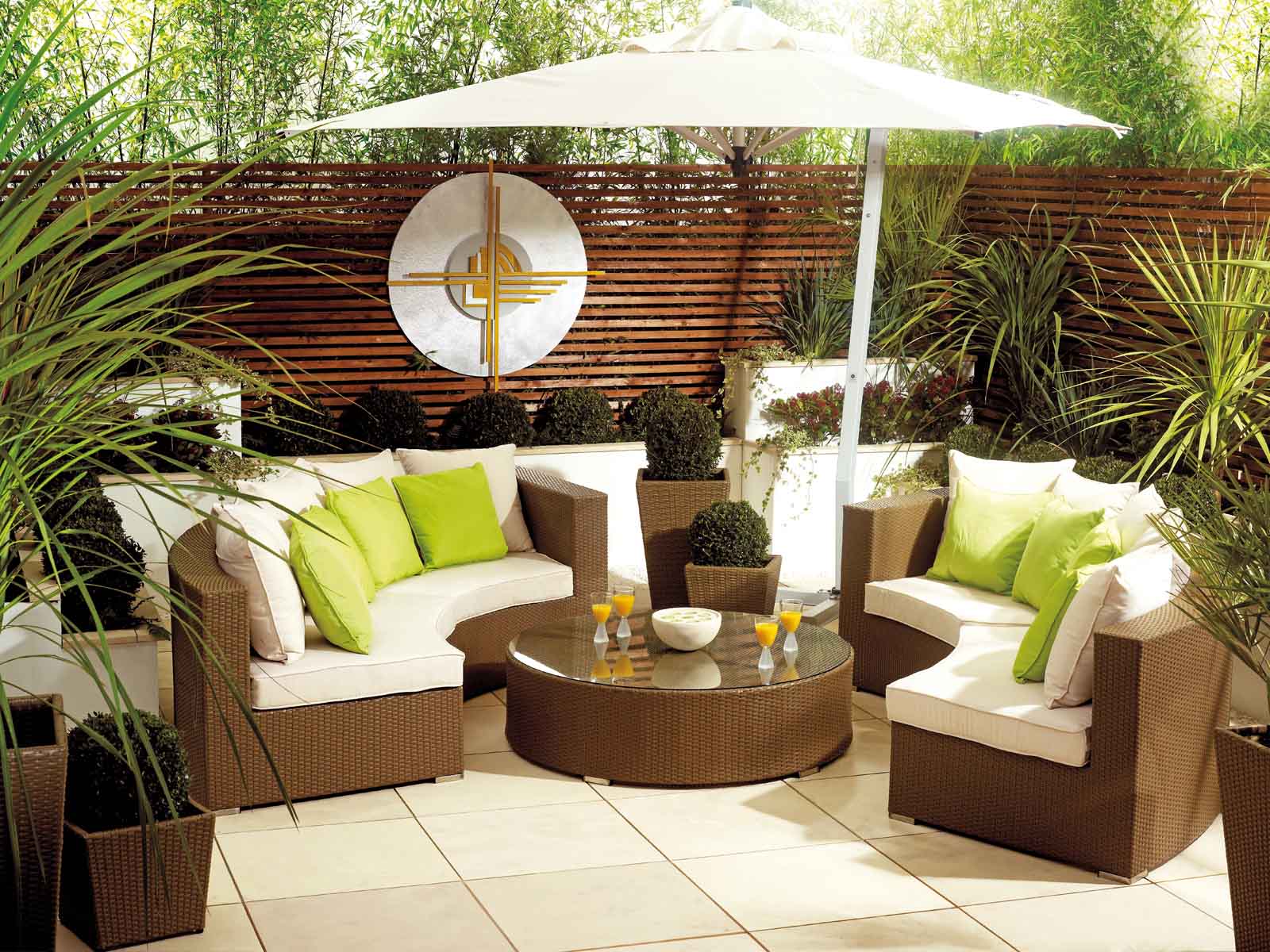

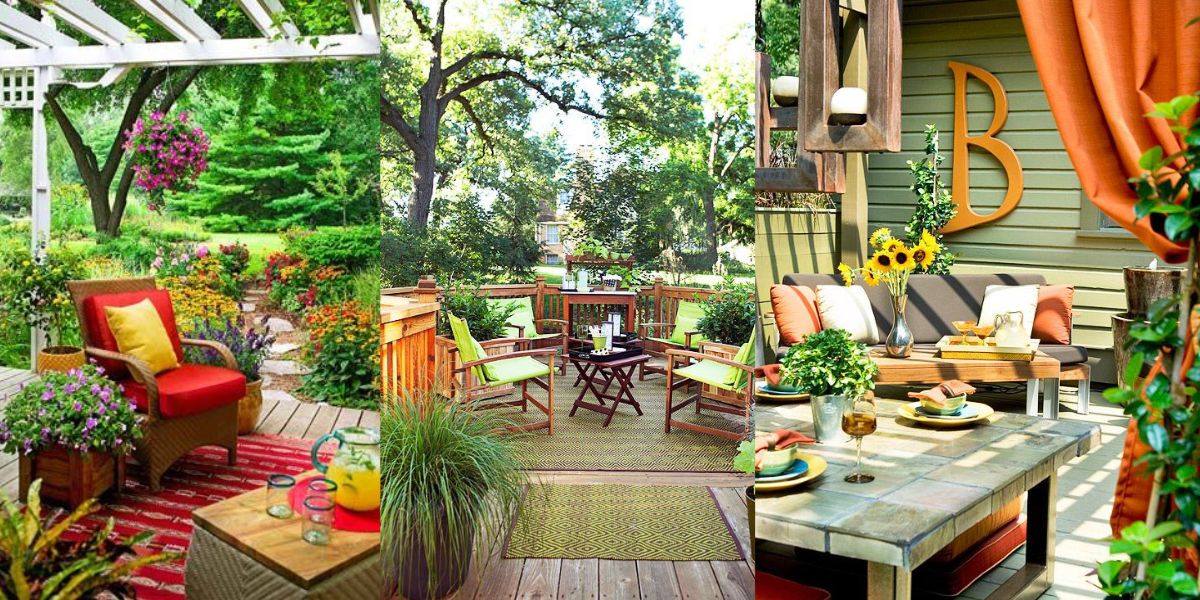
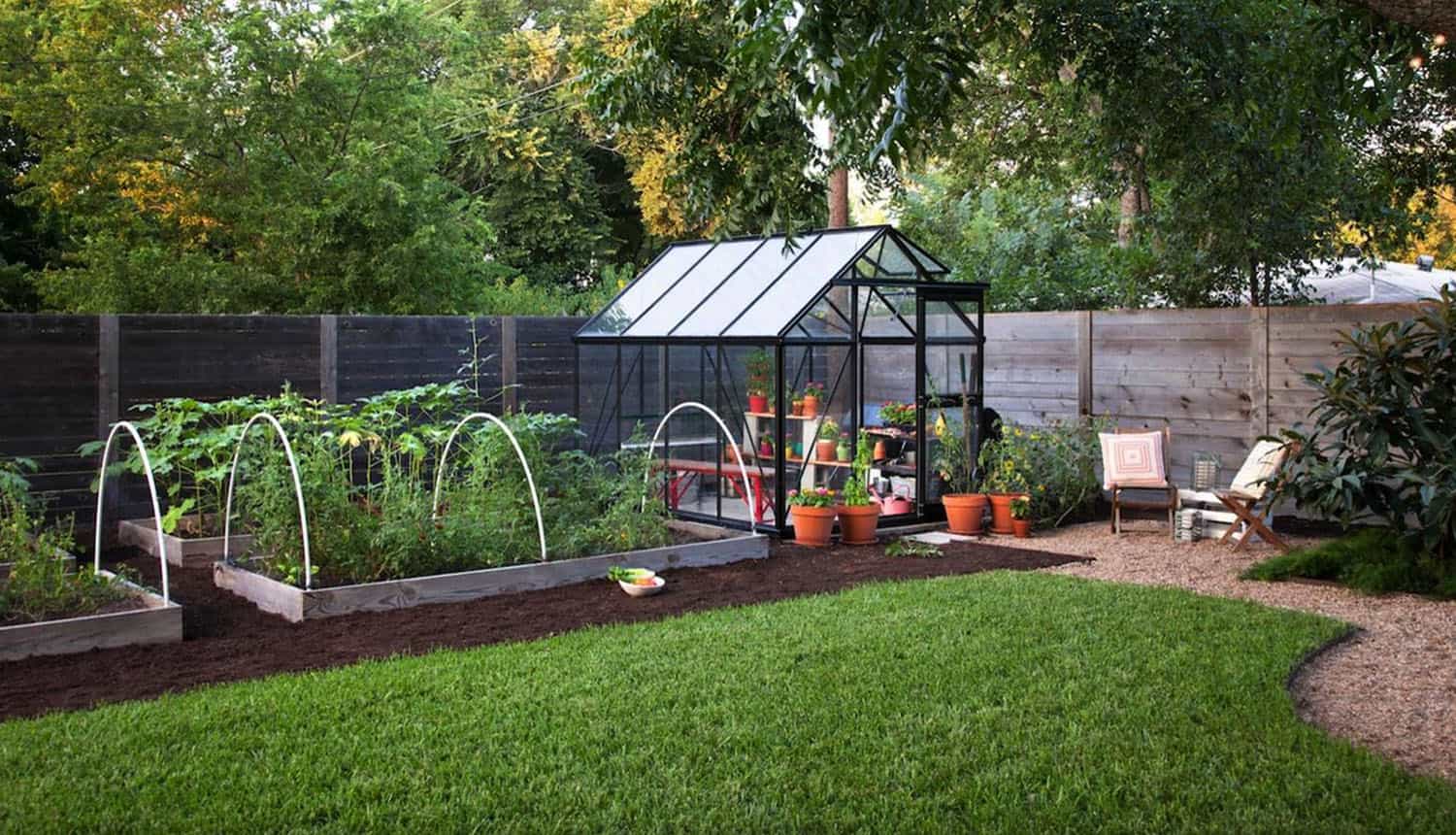

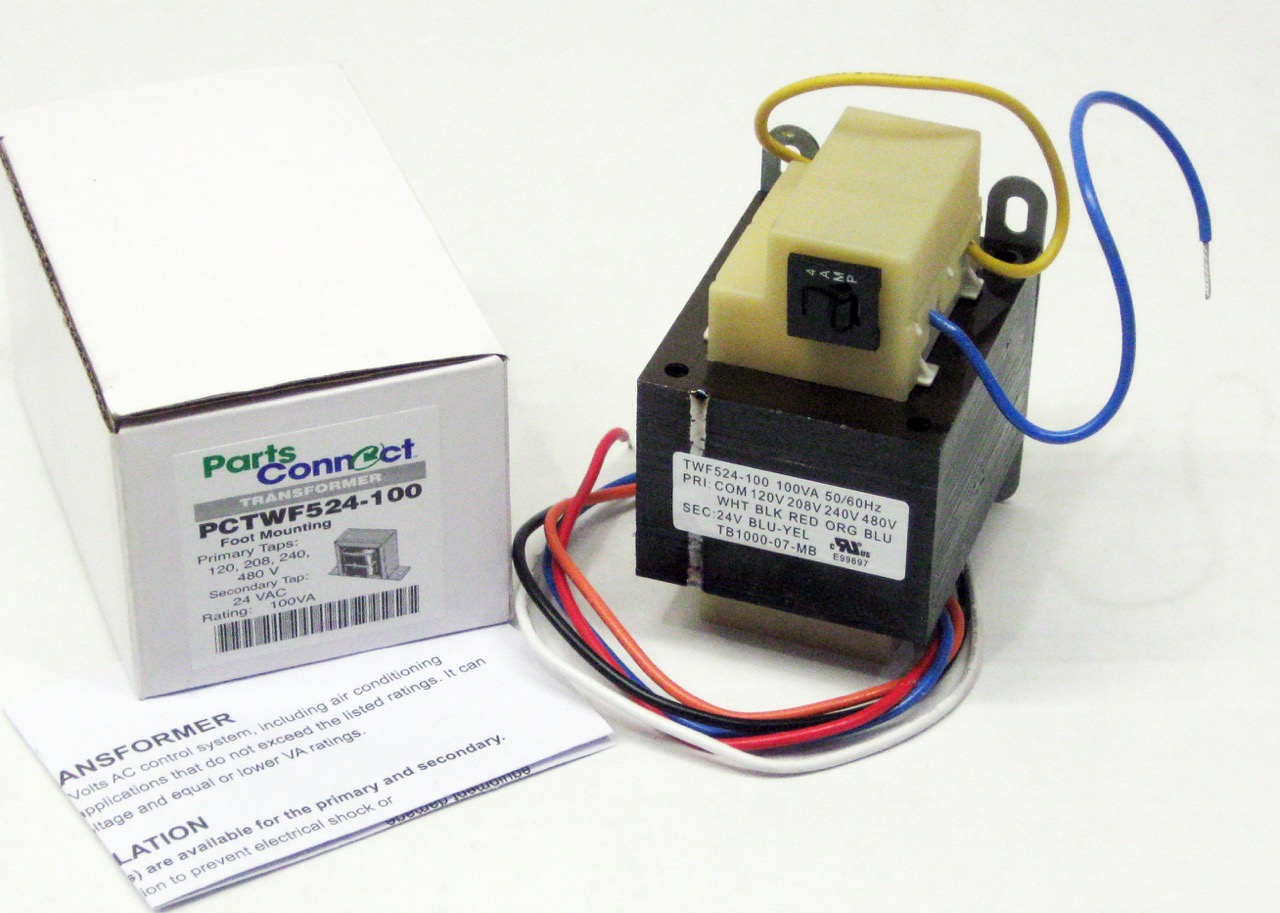
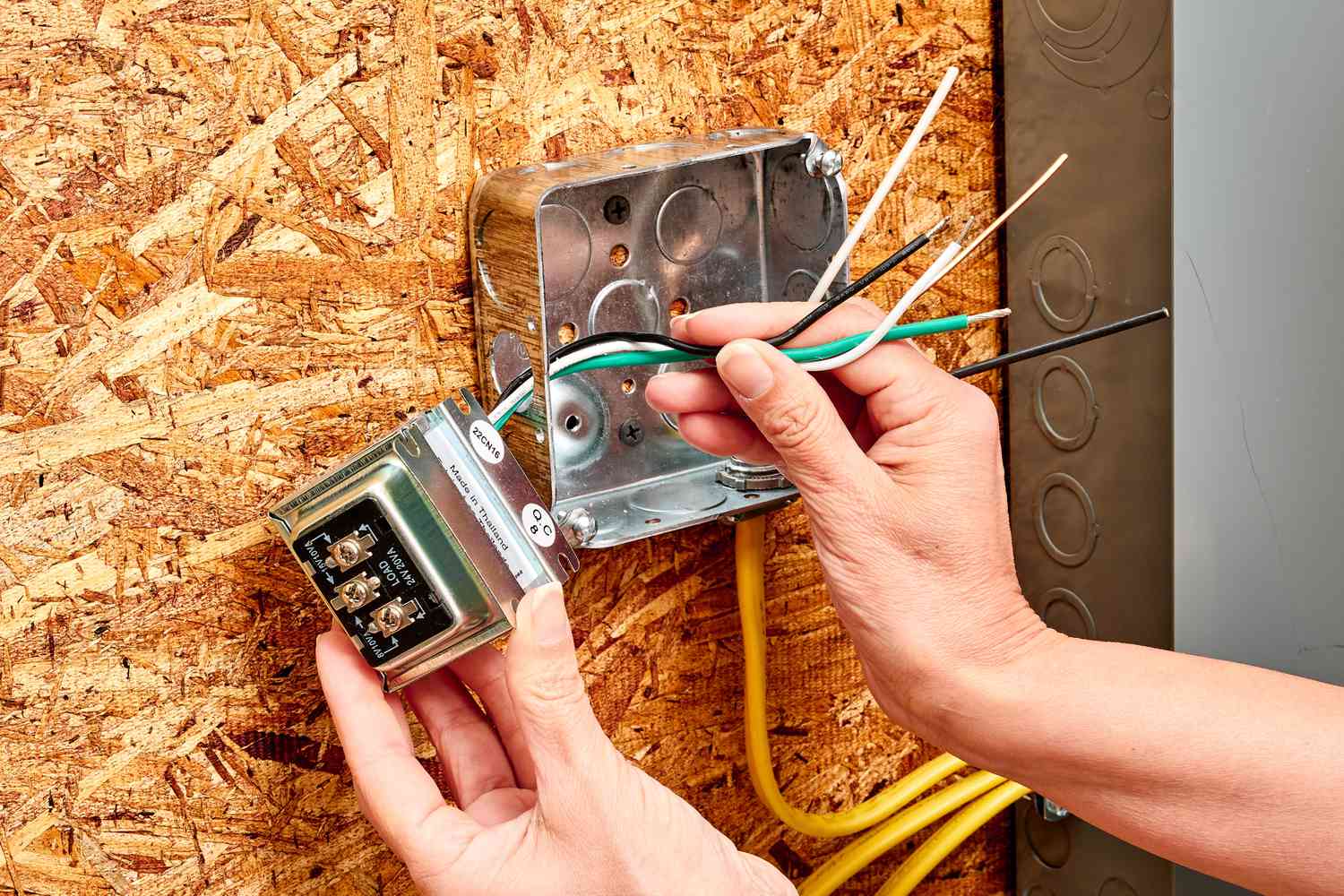
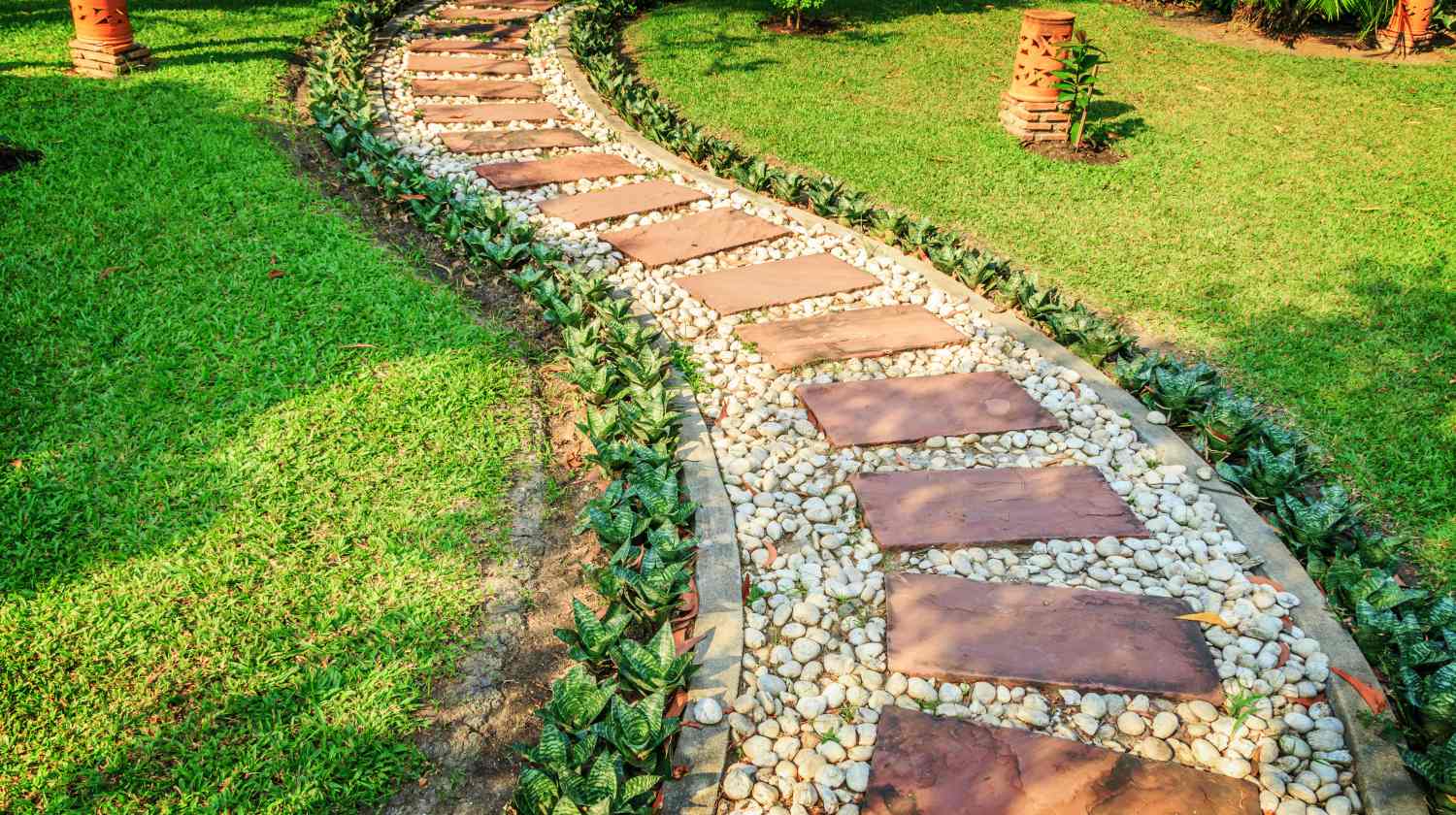
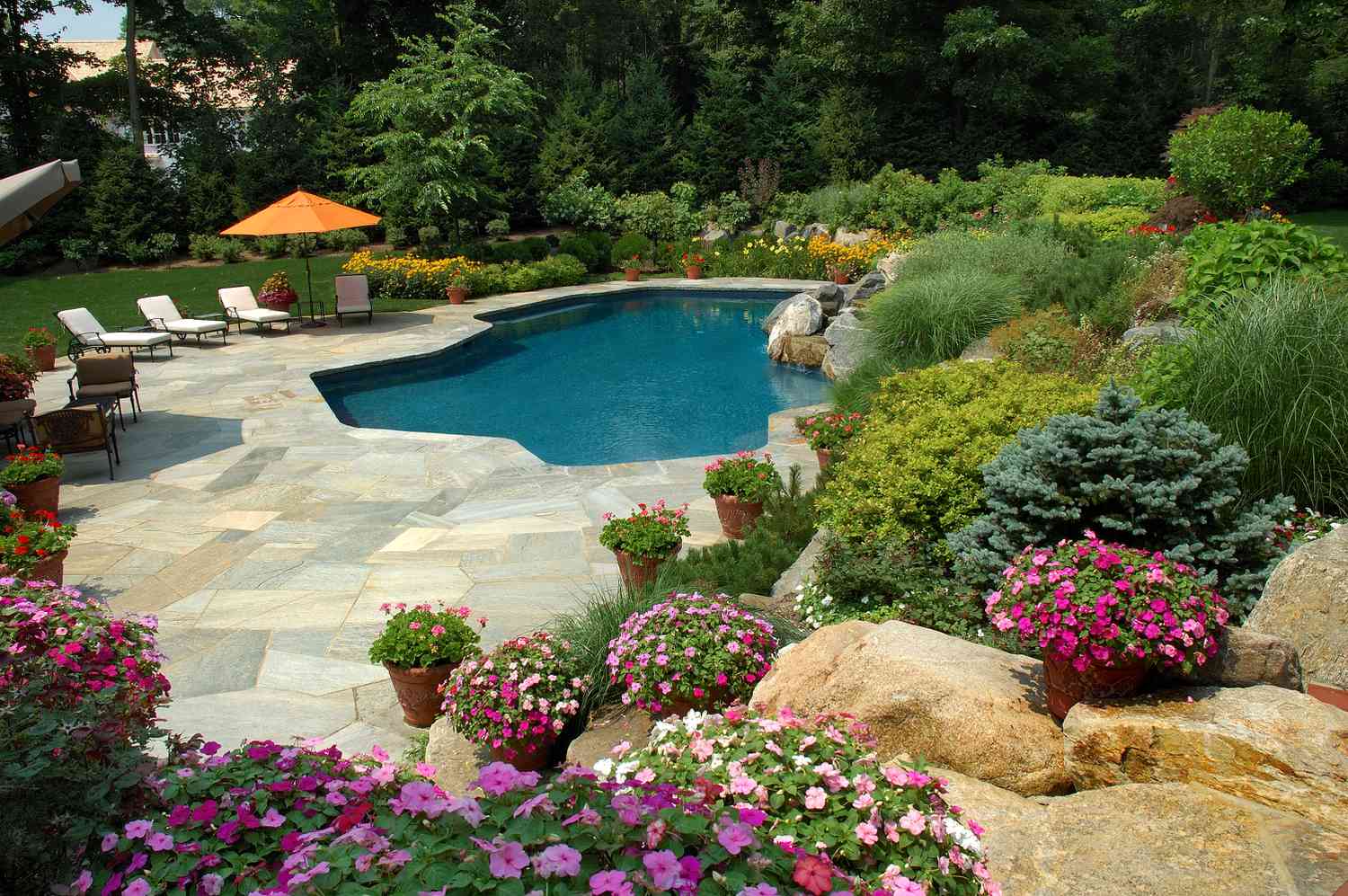
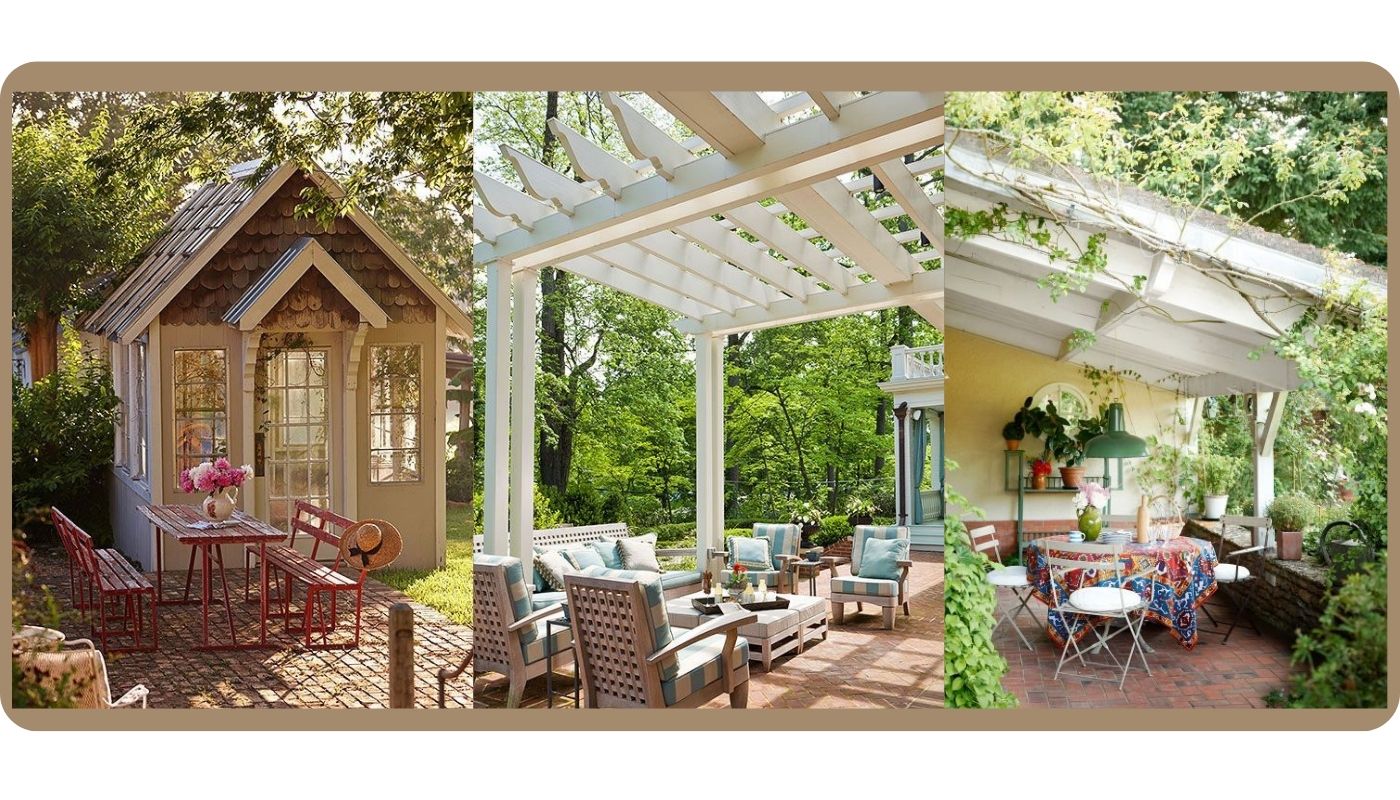
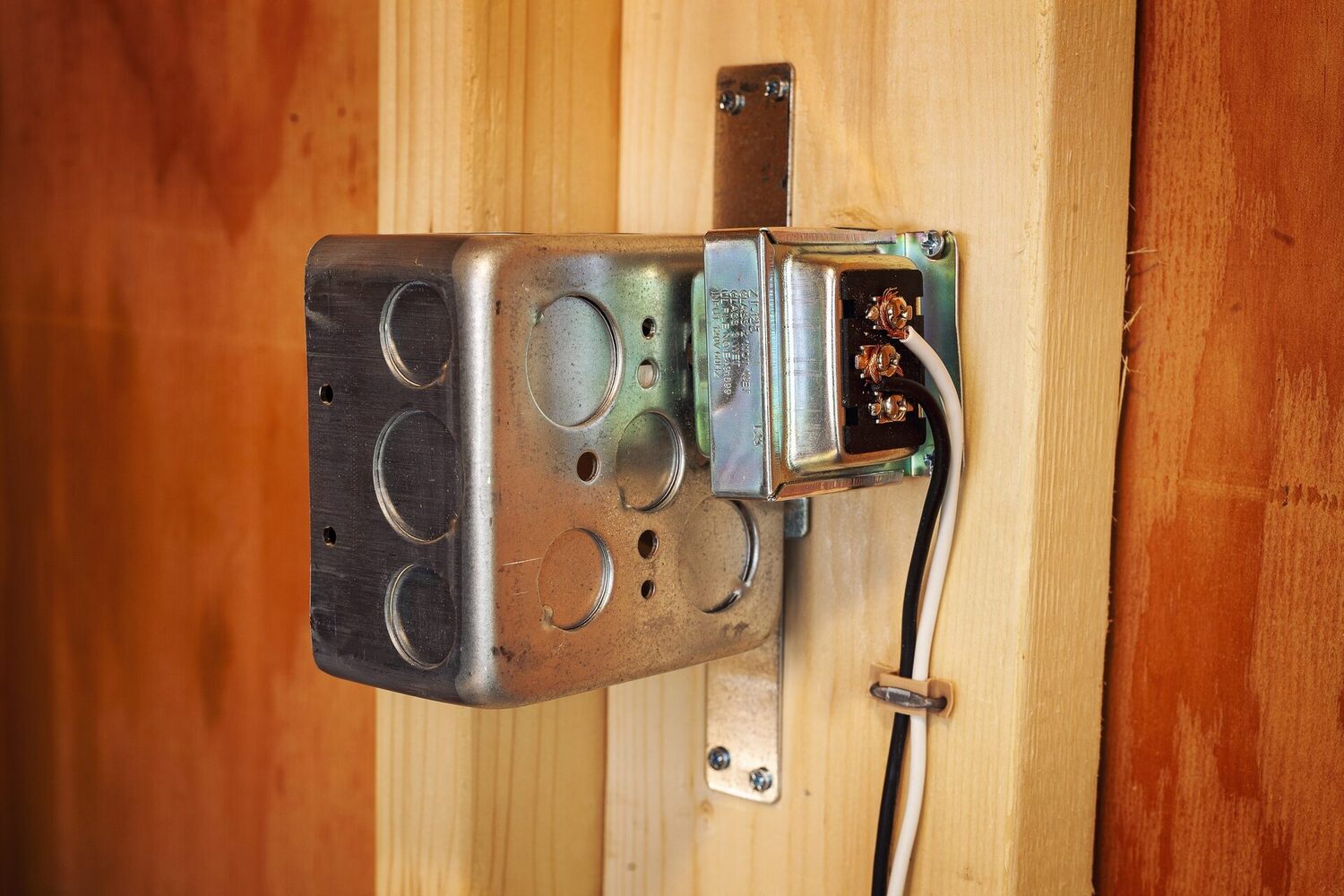
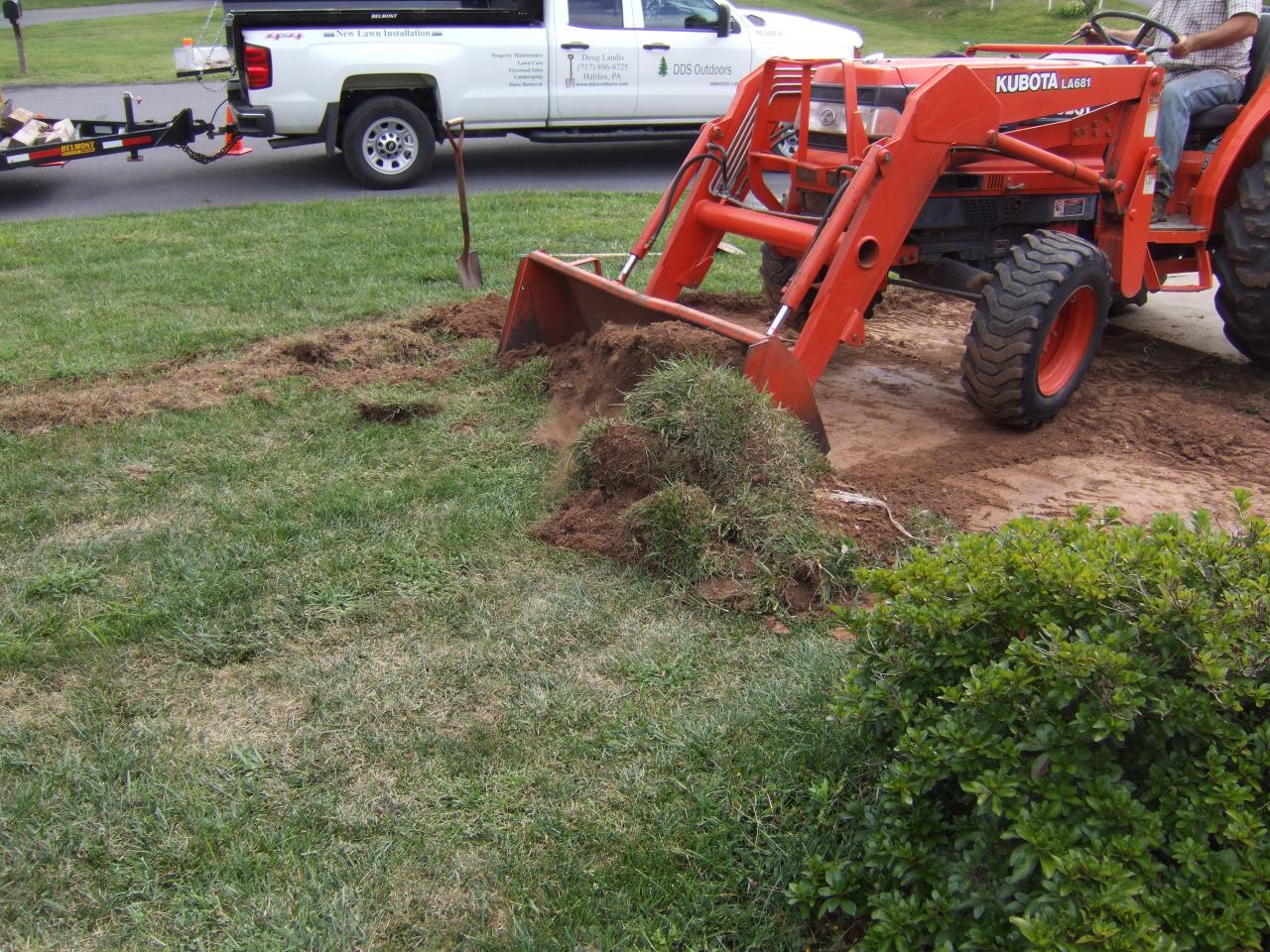

0 thoughts on “Backyard Patio Transformation”